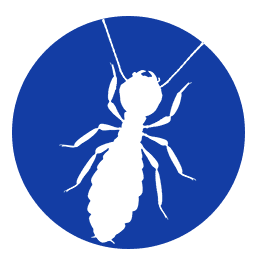
Pest control is the rule of the leaders of a creature type described as a pest, a person from the arrangement of all creatures that impacts unfairly on human activities. The human response depends upon the meaning of the damage done and will go from obstruction, through debilitation and the leaders, to trying to absolutely kill the pest. Pest Control Colchester measures may be continued as an element of an organized pest the chiefs method.

In cultivation, pests are monitored by friendly, substance and normal means. Wrinkling and advancement of the soil preceding planting ease the pest weight and there is a state of the art example to confine the use of pesticides past what many would think about conceivable. This can be cultivated by noticing the yield, perhaps applying creepy-crawly harms when central, and by creating groupings and harvests which are impenetrable to pests. Where possible, natural means are used, engaging the ordinary adversaries of the pests and introducing proper trackers or parasites.
In homes and metropolitan conditions, the pests are the rodents, birds, frightening little animals and diverse life frames that share the domain with individuals, and that feed on and ruin resources. Control of these pests is attempted through evasion, repulsiveness, genuine departure or substance infers. Of course, various strategies for natural control can be used including purifying ventures.
History :
Pest control is basically pretty much as old as cultivating, as there has reliably been a need to keep crops free from pests. As previously as 3000 BC in Egypt, cats were used to control pests of grain stores, for instance, Roden. Mongooses were familiar into homes with control rodents and snakes, doubtlessly by the out-of-date Egyptians.
Engineered pesticides were first used around 2500 BC when the Sumerians used sulfur compounds as creepy-crawly harms. Present-day pest control was strengthened by the spread across the United States of the Colorado potato bug. After much discussion, arsenical blends were used to control the dreadful little animal and the expected hurting of the human people didn’t occur. This drove the way to a certain affirmation of bug showers across the central area. With the industrialization and mechanization of cultivating in the eighteenth and nineteenth many years, and the introduction of the bug splashes pyrethrum and derris, substance pest control became unpreventable. In the 20th century, the exposure of a couple of fabricated creepy-crawly harms, similar to DDT, and herbicides assisted this with turning of occasions.
Natural control :
Natural control is first recorded around 300 AD in China, when settlements of weaver bugs, Oecophylla smaragdina, were deliberately situated in citrus farms to control bugs and caterpillars. Also in China, ducks were used in paddy fields to consume pests, as displayed in out-of-date sinkhole workmanship. In 1762, an Indian mynah was brought to Mauritius to control grasshoppers, and about a comparable time, citrus trees in Burma were related by bamboos to allow creepy crawlies to pass among them and help with controlling caterpillars. During the 1880s, ladybirds were used in citrus houses in California to control scale bugs, and other regular control tests followed. The introduction of DDT, a humble and convincing compound, put a feasible stop to regular control tests. By the 1960s, issues of assurance from artificial materials and damage to the environment began to emerge, and regular control had a renaissance. Engineered pest control is at this point the pervasive kind of pest control today, yet a reestablished interest in regular and normal pest control made towards the completion of the 20th century and continues straight up until right now.

